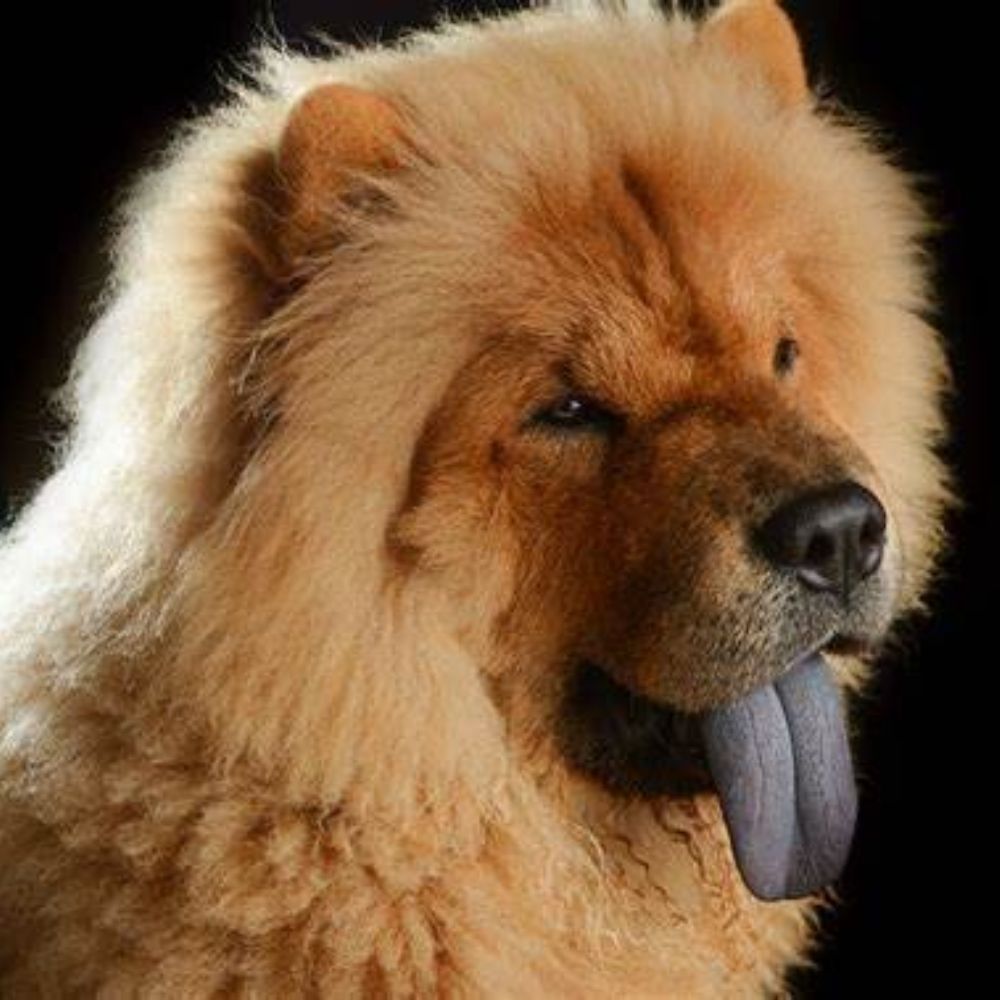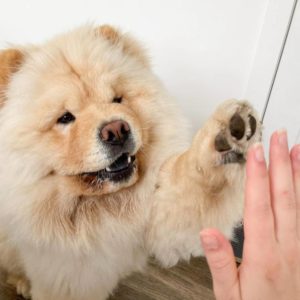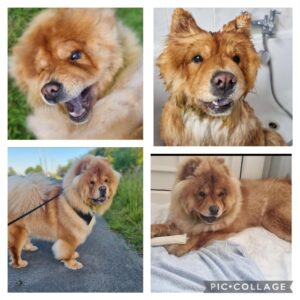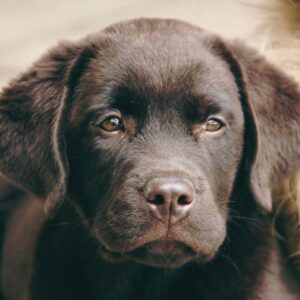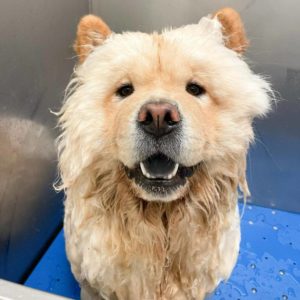If you’ve ever heard your dog making strange, honking noises and appearing to be struggling to catch their breath, you may have witnessed a phenomenon known as reverse sneezing. While it may be alarming to watch, reverse sneezing is actually a common and benign respiratory event in dogs that is generally not a cause for concern.
What is reverse sneezing?
So, what is reverse sneezing and why do dogs do it? Reverse sneezing, also known as “pharyngeal gag reflex,” occurs when a dog’s throat and soft palate become irritated, causing them to rapidly and repeatedly inhale air through their nose. This can be caused by a variety of things, including allergens, irritants, or even excitement.
According to a study published in the Journal of the American Veterinary Medical Association, reverse sneezing is relatively common in dogs and affects approximately 20% of the canine population. So, if you have a dog, there’s a good chance that you may witness them reverse sneezing at some point in their lifetime.
How often does reverse sneezing occur in dogs?
It is not uncommon for dogs to reverse sneeze from time to time, with some breeds being more prone to it than others. Brachycephalic breeds, such as Chow Chows, Pugs and Bulldogs, are more prone to reverse sneezing due to their short nasal passages and facial structure. However, any breed of dog can experience reverse sneezing and it is not necessarily a sign of ill health.

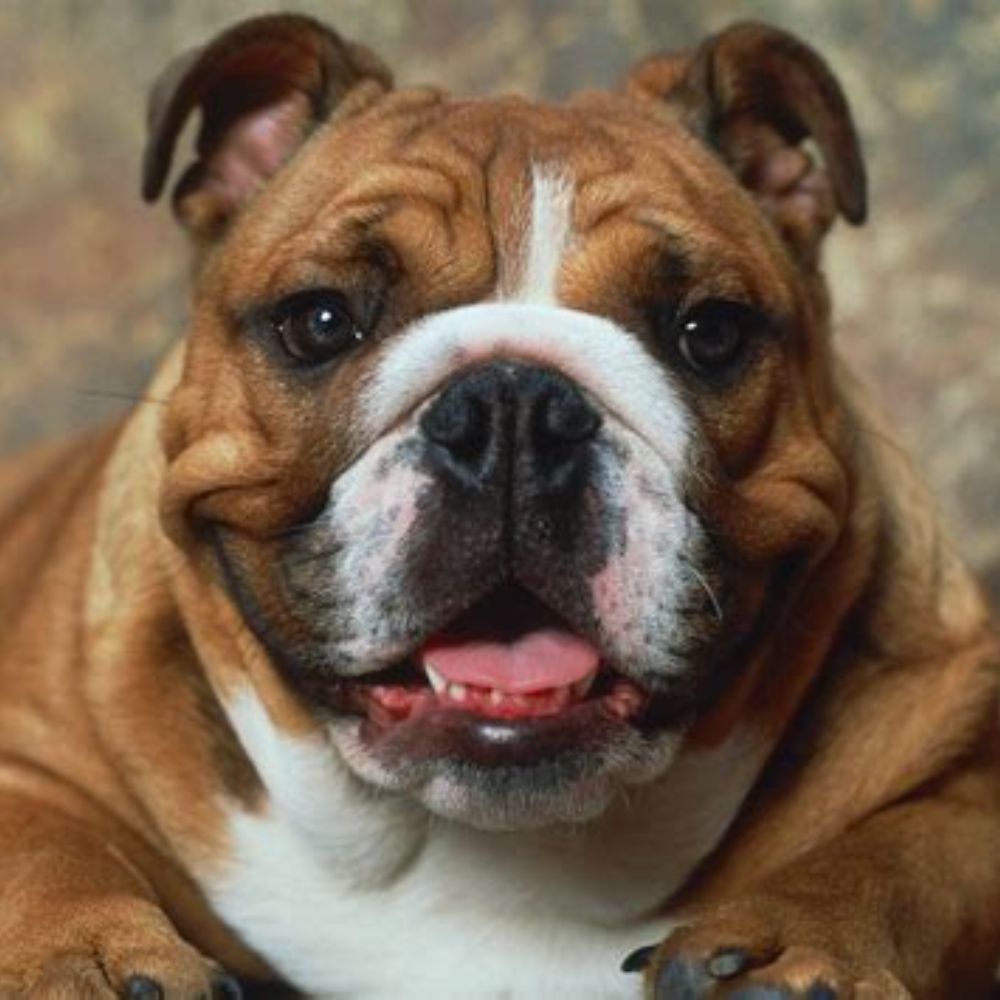
Is reverse sneezing dangerous for my dog?
If your dog is reverse sneezing frequently or if the episodes are prolonged, it may be worth discussing with your veterinarian to rule out any underlying health issues. While reverse sneezing may sound and look quite serious, it is usually not a sign of anything seriously wrong with your dog’s health. In most cases, the episode will resolve on its own within a few minutes.
What should I do if my dog is reverse sneezing?
If you do witness your dog reverse sneezing, there are a few things you can do to help them feel more comfortable until the episode passes. Gently massaging their throat or holding their nostrils closed for a few seconds can help them to swallow and clear their throat. You can also try calming your dog down by speaking to them in a soothing tone or distracting them with a toy.
In conclusion, dogs reverse sneezing is a common and generally benign respiratory event that is not usually a cause for concern. According to a study published in the Journal of the American Veterinary Medical Association, reverse sneezing affects approximately 20% of the canine population. Brachycephalic breeds, such as Pugs and Bulldogs, may be more prone to reverse sneezing due to their short nasal passages and facial structure. However, if your dog is experiencing frequent or prolonged episodes, it may be worth consulting with your veterinarian to rule out any underlying health issues. In the meantime, gently massaging your dog’s throat or holding their nostrils closed for a few seconds can help them feel more comfortable until the episode passes.
